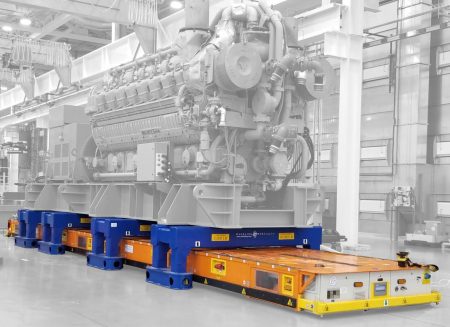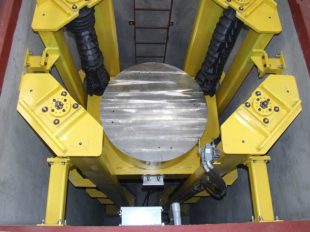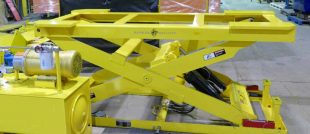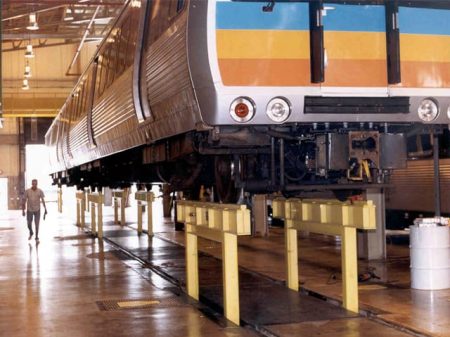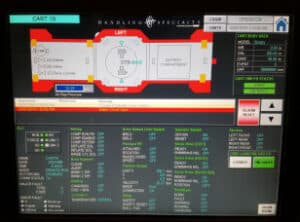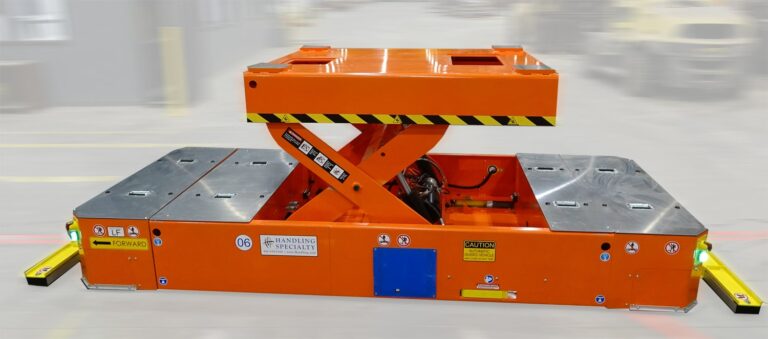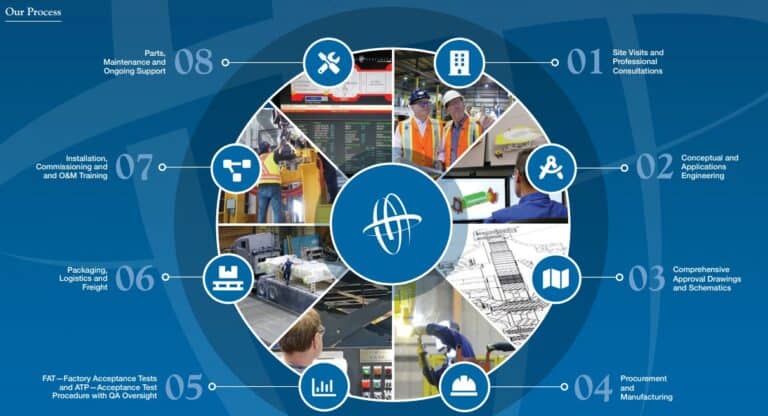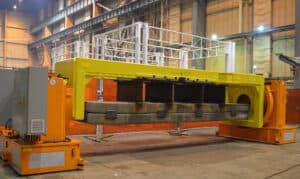Let’s discuss the top AGV competitive selling strategies for heavy-duty, industrial-type automated guided vehicles. It’s no secret that assembly, maintenance, and manufacturing facilities in the aerospace and automotive industries are relying more and more on AGVs to position their products, but also advanced manufacturing, power generation, food processing, and the iron & steel industries look to heavy-duty AGVs to move and position their heavy loads.
Handling Specialty has been selling its custom heavy-duty AGVs into these industries for years, realizing the need to automate more processes within an aging infrastructure. Selling AGVs that can lift, carry, and position automobiles, truck bodies, airplane parts, rockets, engines, turbines, and even raw steel is a lucrative addition to Handling Specialty’s custom material handling equipment lines.
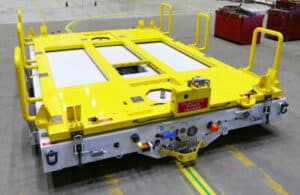
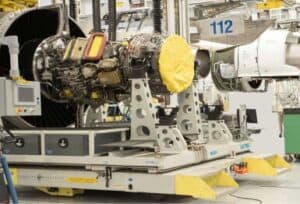
Selling an automated guided vehicle to multiple industries depends on your technical sales team’s experience and breadth of knowledge of each industry they approach. Warehouse AGVs are a very different kind of AGV compared to those lifting several tons on a continuous cycle to move parts through an assembly line. Custom industrial-type AGVs must be engineered with robust materials, components and steel to operate efficiently under such demanding conditions. A simple warehouse AGV would be crushed under the weight of the work a Handling Specialty AGV is designed to cater to.
Therefore, when selling into assembly, MRO, and manufacturing facilities, understand the difference and the quality you’re AGVs are bringing to the table. Every aspect of a custom, industrial-type AGV must be of the highest quality, from welds to wheels.
Selling a custom AGV should also include additional options suitable for the industry, such as mounted scissor lifts, onboard charging stations, heavy-duty capacities, rotators, turntables, and other useful tools specific to your customer’s requirements. These aspects of the AGV build should be realized during initial discussions.
Selling your company on past case studies where heavy-duty AGVs were successfully designed/built for the industry you’ve approached is an important facet in gaining a company’s confidence also. Understanding their needs before you tour their facilities will encourage that confidence.
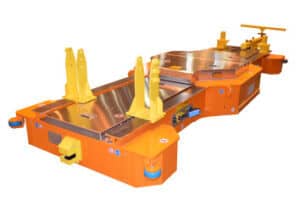
Selling your custom AGV design will rely not only on robust parts, capacities, and quality but the technologies you will include to create a safe and efficient working model. Sensors, guidance systems, and maneuvering capabilities are also important features to build confidence in your abilities to satisfy your customer’s needs.
Not all heavy-duty AGVs are designed to look the same, either. Presentation of several design styles will also assist in selling your automated guided vehicle by showing the customer your company can engineer the AGV from the ground up to fit their specific operational requirements.
IIoT is another important option to sell your AGV. The Industrial Internet of Things allows the customers AGV to talk to them, preventing downtime by offering proactive measures in maintenance and emergency situations where a part is failing.
Control panels and hand-held pendants are another selling point for the AGV system. The more you can offer, such as HMI screens and safety lights, and E-Stops, the higher the probability of gaining your customer’s confidence.
Finally, due to the falling numbers of trades entering the workforce, automation that includes AGVs is becoming all the more important to businesses that rely on people’s power to move and position equipment in the assembly and manufacturing industries. Knowing the stats and being able to predict the future through industry knowledge will further assist in selling your AGVs.
Remember, selling strategies for heavy-duty AGVs should follow the same lines as selling any other heavy-duty Industrial-type material handling equipment. Lead with experience, understand the client’s needs, and be knowledgeable about industry specifics. Build their confidence and engineer the perfect solution for their material handling requirements.

